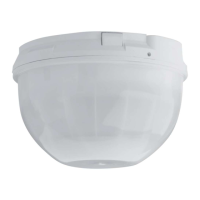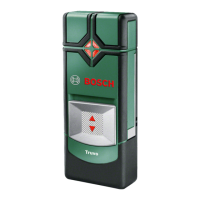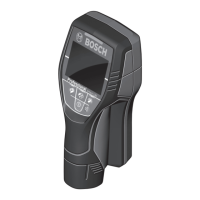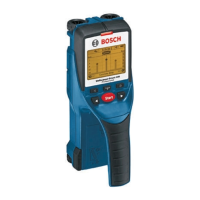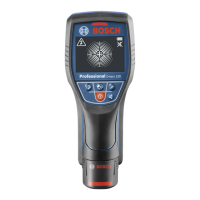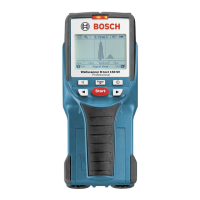Commercial Series TriTech and TriTech AM
detectors
Wiring | en 19
Bosch Security Systems B.V.
Installation manual
2022.01 | 01 | F.01U.401.708
6.1.4 Trouble terminals
– Normally closed solid state voltage-free (dry contact) relay. The contacts are closed
(shorted) during warm-up and during normal operation when no trouble condition is
detected.
– The trouble contacts change to open status under the following conditions:
– Insufficient input power
– Self test fault condition
– Anti-mask alarm condition
– Low power level detected
Notice!
When using the built-in resistors between the trouble terminals, there is a resistance value
instead of an open circuit. Resistor jumper switch selection determines the resistance value.
Connect the alarm, tamper, and trouble contacts to a SELV circuit only. Do not use with
capacitive or inductive loads.
Warning!
Connect the alarm, tamper, and trouble contacts to a SELV (Safety Extra-Low Voltage) circuit
only. Do not use with capacitive or inductive loads.
Only apply power after all connections have been made and inspected. Do not coil excess
wiring inside the motion detector.
Low voltage trouble condition
If the power supply voltage falls between 6.5 V and 8 V, the detector activates the trouble
output (open condition) to indicate that while the detector is still operational, further voltage
reduction below will result in functional failure. This condition may occur multiple times if the
detector's power line is overloaded. Typical line overload causes include multiple detectors
being powered from the same line, when the varying overall current consumption of all
connected detectors cause arbitrarily changing voltage levels due to varying voltage drops on
the wire.
Notice!
Do not confuse this condition with a situation when the supply voltage is insufficient for the
detector to operate without failure. In a situation where the supply voltage drops below 6.5 V,
both the alarm and the trouble output activate simultaneously.
6.2 EOL resistors overview
The detector includes multiple built-in status resistors to simplify the wiring when matching
the alarm outputs with the control panel input loop resistance specifications. Use the Resistor
jumper switch settings to match the loop circuit shown in the alarm control panel
documentation.
Notice!
Built-in resistor values cannot meet every control panel resistor value requirement. If the
connected control panel resistor values and loop structure do not match the combinations
allowed by the built-in resistors, make sure to leave the resistor jumper switch settings to off
and use only external resistors.

